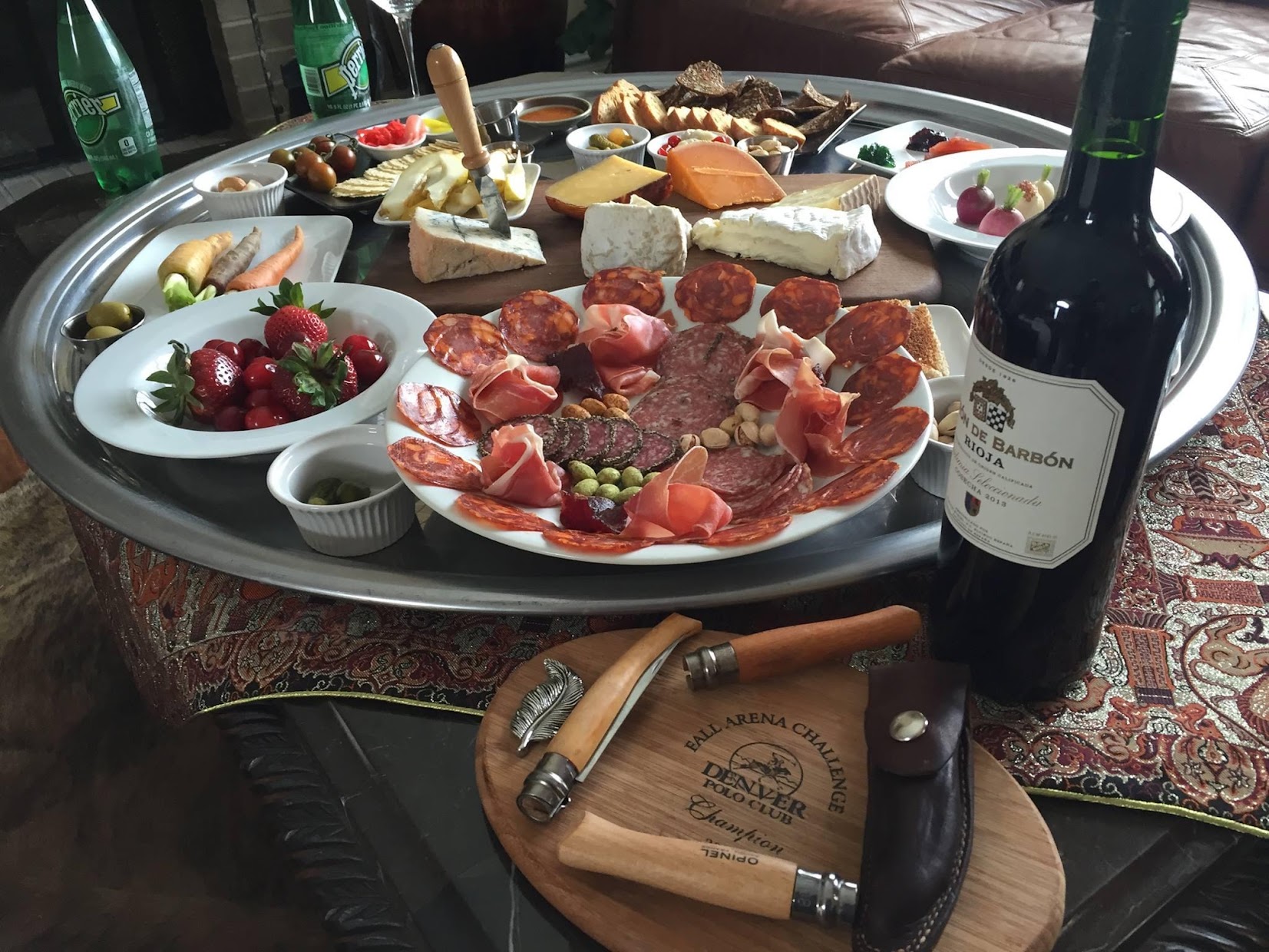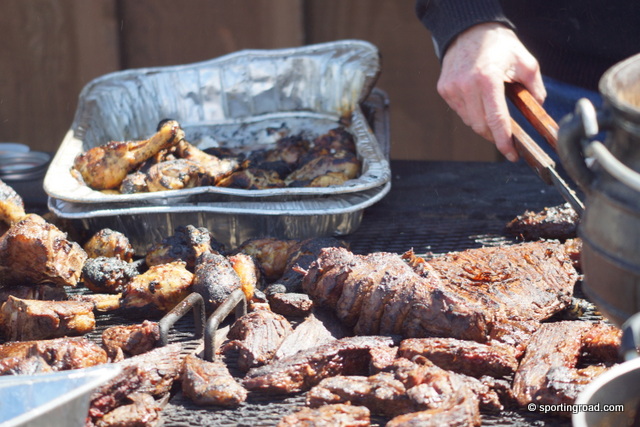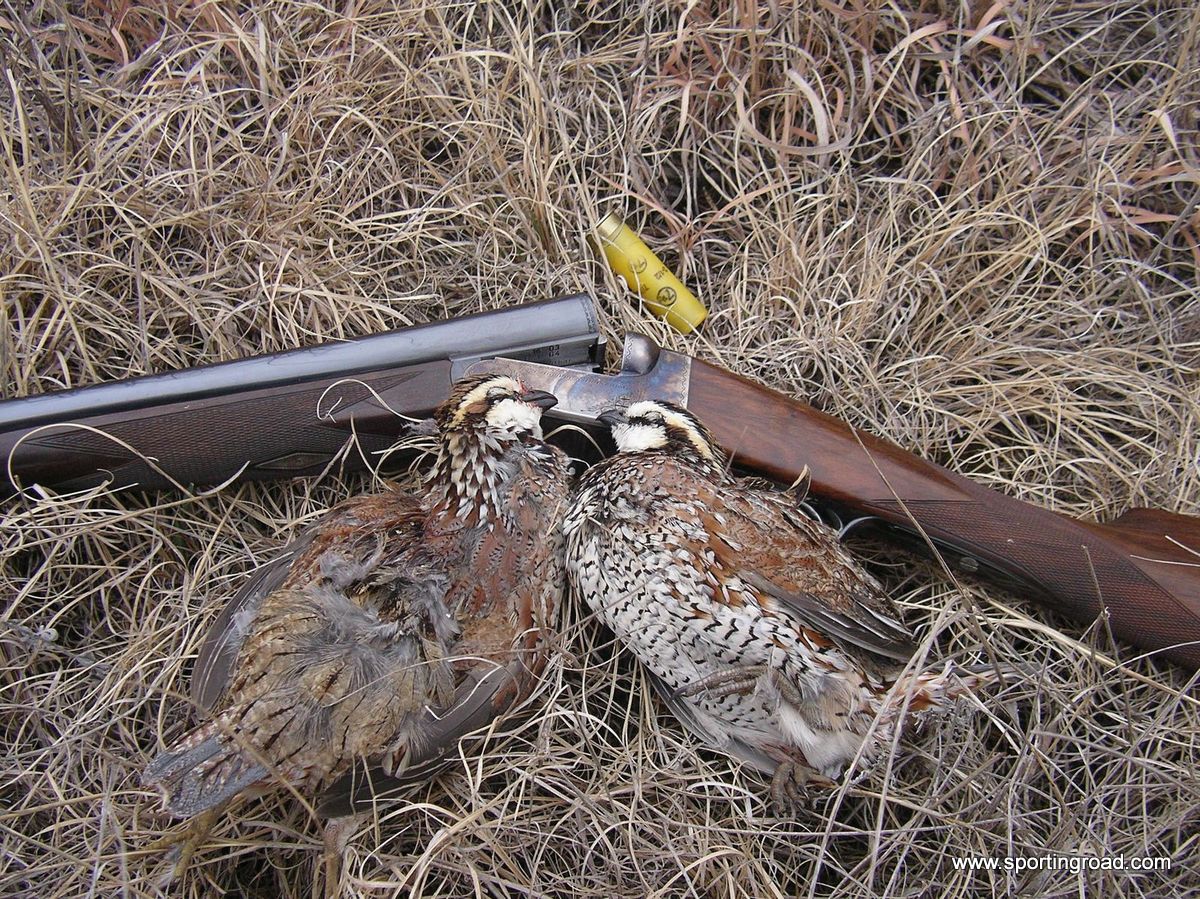Tapas
The word tapa means "cover" or "lid" and was said to referred in the early days to the slice of serrano ham or cheese laid across the tops of narrow sherry glasses handed by innkeepers to coach drivers, to keep insects out and to keep them from spilling. Fortified sherry wines are produced in the so-called Sherry Triangle of southern Spain. Fino produced around the port of Sanlucar de Barrameda is called manzanilla. A culinary highlight of Spain is sitting in a legendary tapa bar with a glass of manzanilla and a few plates of tapas. Membrillo and manchego are one of our favorite tapas. Membrillo is a Spanish-style quince jelly and can be ordered from www.latienda.com, if you cannot source locally, which is increasingly easy to do. You can buy it in blocks, which you slice thinly, or in softer pastes like jelly, but the blocks are traditional. This is traditional tapas food, all on its own, but some tapas bars ("tabernas or tascas) jazz it up with jamon and piquillo peppers, or marinated anchovies and sliced manzanilla olives. See all of our tapas recipes to serve after an afternoon of park drag coaching: Caracoles ("snails") Chorizo and charcuterie Esparragos blancos ("white asparagus") Gambas al ajillo ("shrimp with garlic") Olives Membrillo and manchego Pan tomate Roasted almonds Pimentos con Anchoas ("roasted red peppers and anchovies") Roasted Almonds Roasted Tomatoes



